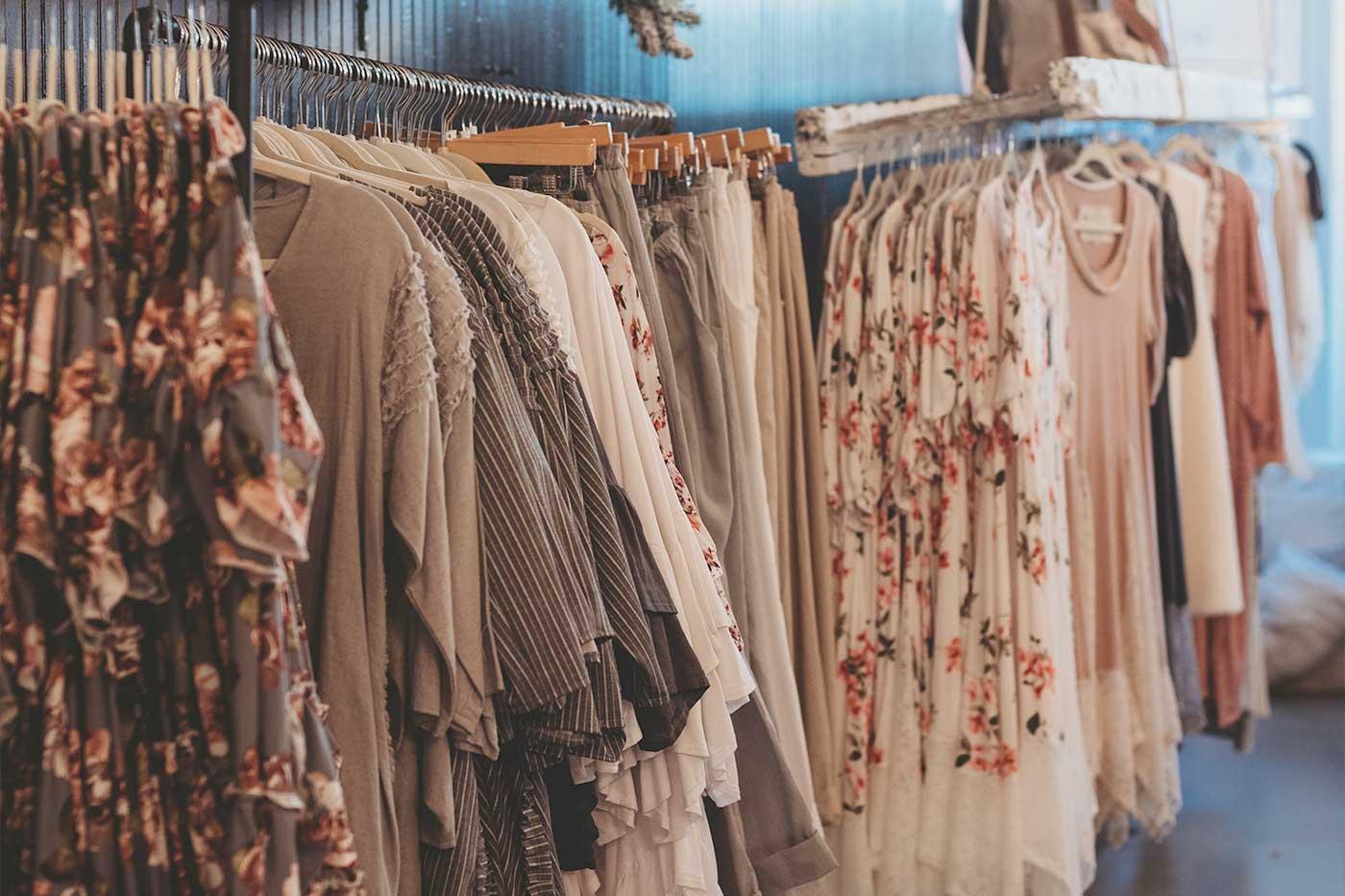Discovering the Advancement and Impact of Garments on Modern Fashion Trends
The evolution of apparel has substantially affected modern-day fashion trends, combining historical precedents with sophisticated developments. Renowned numbers like Coco Chanel and Yves Saint Laurent changed the fashion sector by introducing concepts that prioritize convenience and access, which proceed to reverberate today.
Historical Fashion Influencers
In the tapestry of style history, particular numbers have left an indelible mark, forming the trends and designs that specify entire periods. Coco Chanel, a cutting edge designer, redefined ladies's fashion by introducing comfortable, classy clothes that left from limiting corsets.
Elsa Schiaparelli is another critical number, renowned for her progressive styles that integrated surrealist art, collaborating with Salvador Dalí to develop wayward items that challenged conventional appearances. Her innovative use color and strong patterns resounds in contemporary style. Yves Saint Laurent, at the same time, democratized haute couture with prêt-à-porter collections, bringing path styles to the masses and establishing a criterion for contemporary ready-to-wear lines.
These visionaries, to name a few, not just revolutionized style in their times but also established enduring patterns that resonate in today's fashion sector, giving a structure whereupon modern designers proceed to build and innovate. Their heritages emphasize the relevance of imagination and daring in vogue's ever-evolving narrative.
Technical Advancements in Style
Among the vibrant landscape of the apparel industry, technical innovations stand at the center of development, reshaping just how developers create and customers engage with style. The assimilation of 3D printing has reinvented design procedures, enabling designers to explore complicated frameworks and sustainable products that were formerly inconceivable. This innovation assists in quick prototyping, minimizing waste and quickening production times.

Smart textiles, installing modern technology right into fabrics, are also transforming the sector. Advancements like self-cleaning and temperature-regulating fabrics provide improved performance and comfort. Wearable technology, integrating functions like fitness tracking and communication, adds a brand-new dimension to style, merging visual appeals with functionality.
Cultural Shifts and Style
As technical developments continue to improve the fashion business, social changes are equally significant, redefining design and consumer preferences. In the last few years, the increase of social networks platforms has increased the dissemination of international style trends, enabling varied social impacts to converge and coexist. This electronic interconnectivity has assisted in the quick exchange of concepts, resulting in a much more diverse and inclusive analysis of style that mirrors the diverse nature of contemporary culture.
Social recognition and recognition have prompted designers to draw inspiration from a broader spectrum of historic and ethnic contexts, incorporating conventional concepts with contemporary aesthetics. This fusion has actually caused style that resonates with a wider target market, promoting a sense of identity and belonging across different demographics. Additionally, the enhancing demand for personalization has actually driven brand names to supply adjustable alternatives, making it possible for customers to express uniqueness while reflecting their cultural heritage.
Furthermore, changing societal values have impacted style, with inclusivity and variety ending up being go to this website main themes. The industry has started to embrace models and influencers of different type of body, ethnic backgrounds, and gender identifications, challenging conventional beauty requirements. This makeover highlights the power of social changes fit the future of fashion, as style becomes a much more genuine expression of collective and individual identification.
Sustainability and Modern Layout
While the style sector remains to evolve, the crucial for sustainability has actually come to be significantly urgent, influencing modern design methods. This change aims to resolve ecological concerns and honest considerations, leading to a reevaluation of typical manufacturing approaches. Designers are currently incorporating sustainable products, Recommended Reading such as natural cotton, recycled polyester, and biodegradable fabrics, into their collections, minimizing the ecological footprint of fashion. The increase of sluggish style, which emphasizes top quality over amount, encourages customers to invest in ageless pieces as opposed to short-term patterns.
Moreover, contemporary design is characterized by its development in decreasing waste and advertising circularity. Strategies such as zero-waste pattern cutting and 3D knitting are obtaining grip, permitting designers to produce garments with marginal fabric wastage. Furthermore, brands are adopting transparent supply chains, making certain liability and promoting customer trust. This approach not just minimizes ecological effect however also boosts the social obligation of style houses.

Future Trends in vogue

Sustainability will certainly proceed to be a driving force in forming future fashion patterns. The market is progressively adopting eco-friendly products and honest manufacturing methods, reacting to an expanding customer demand for responsible methods. Developments such as bio-fabricated products and closed-loop recycling systems Going Here are readied to redefine how clothes is produced and taken in, decreasing ecological influence while maintaining design and quality.
Social changes, including the rise of inclusivity and variety, will certainly also play a critical duty. As society comes to be more aware of social issues, style is anticipated to end up being a system for expression and adjustment. Designers will likely concentrate on producing collections that mirror a wider array of identities and experiences, championing depiction and availability.
Final Thought
The development of apparel significantly impacts contemporary fashion patterns, where historic influences combine with contemporary styles. This ongoing advancement underscores style's duty as a mirror to social values and technical development, recommending a future abundant with advancement and inclusivity.
The evolution of clothes has actually substantially influenced modern style trends, combining historic criteria with cutting-edge technologies.Amidst the dynamic landscape of the fashion market, technical improvements stand at the center of development, improving how designers produce and customers involve with fashion.While the fashion sector proceeds to evolve, the essential for sustainability has actually become significantly immediate, influencing contemporary layout practices. As sustainability comes to be embedded in modern-day design, it leads the way for a more accountable and aware fashion sector.
The development of clothing considerably impacts contemporary fashion trends, where historical impacts merge with contemporary designs.